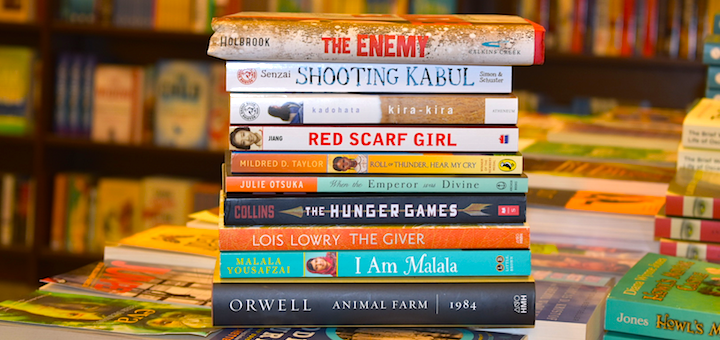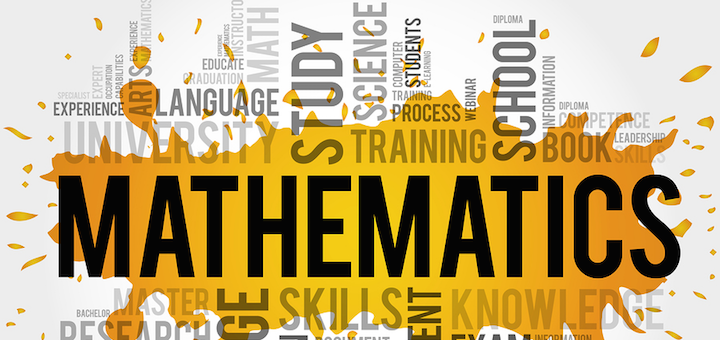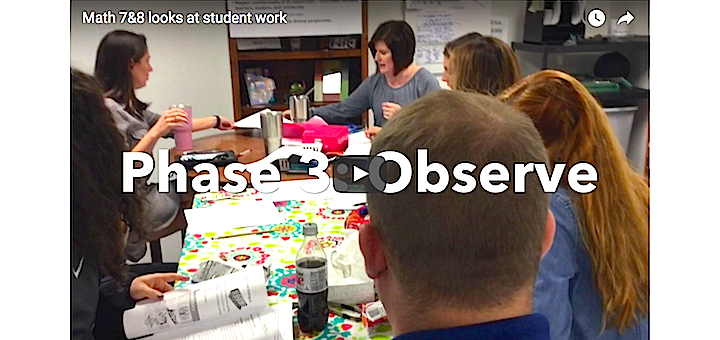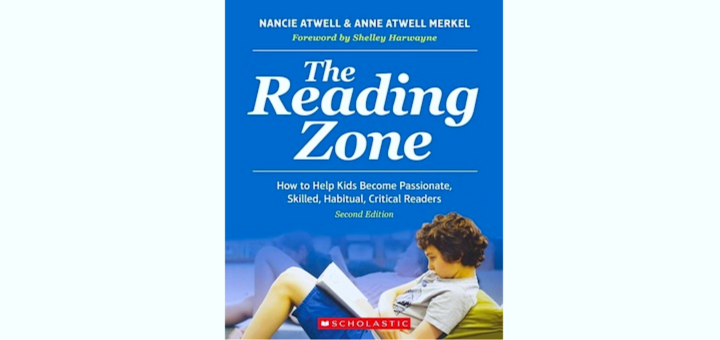We’re Not the Only Ones Who Want Kids’ Attention
In today’s advertising-saturated world, their attention may be the most valuable thing students own. Marketers want it and they’ll grab it anyway they can. It’s the job of educators to make sure kids understand what’s going on, media literacy expert Frank W. Baker says.

























